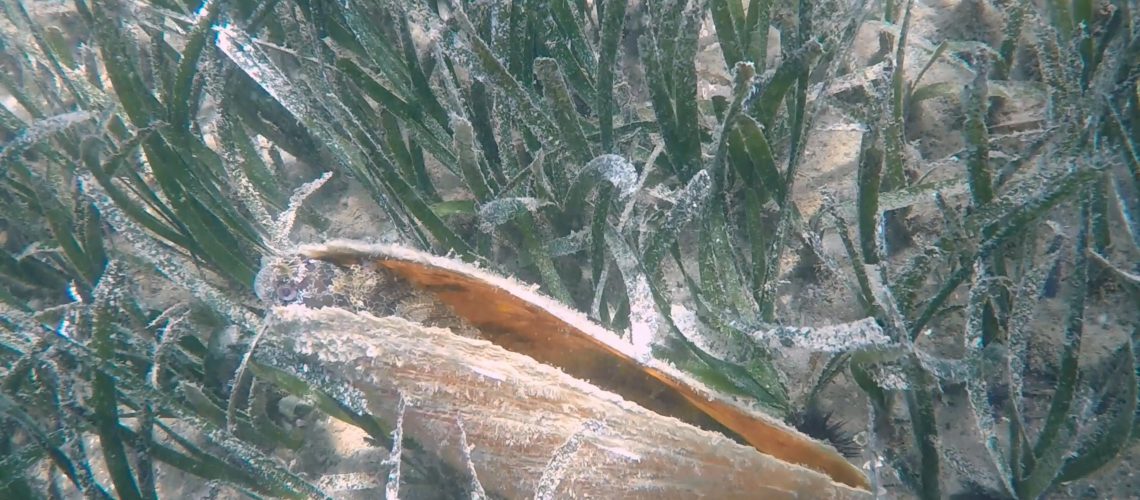
The largest endemic bivalve of the Mediterranean, the noble pen shell (Pinna nobilis), is a strictly protected species in Croatia. It is also known by the names: lostura, loščura, palastura. It is distributed on the sedimentary bottom of shallow coastal areas of the Adriatic. Before the summer, you had the opportunity to read in the media about the massacre that engulfed the Mediterranean. The first such event in the Adriatic was recorded in May on Elafiti. The reason for this is a combination of two main causes: the parasite Haplosporidium pinnae and infection with the bacteria Mycobacterium.
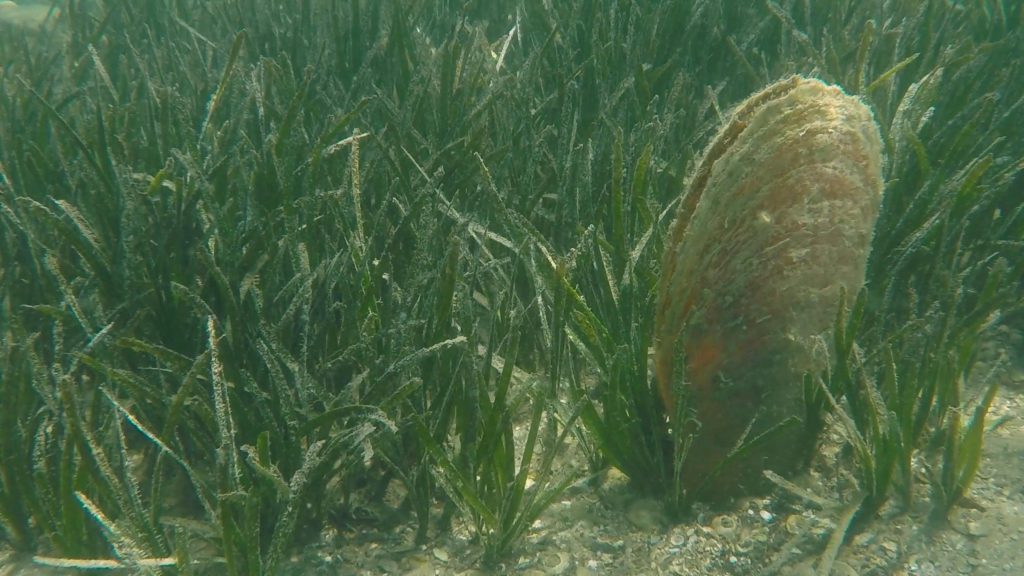
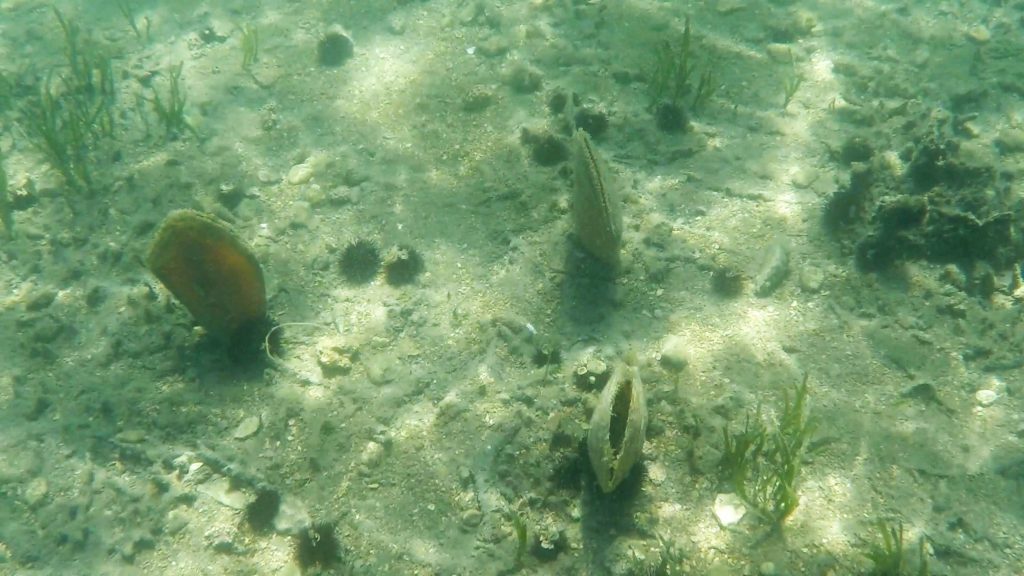
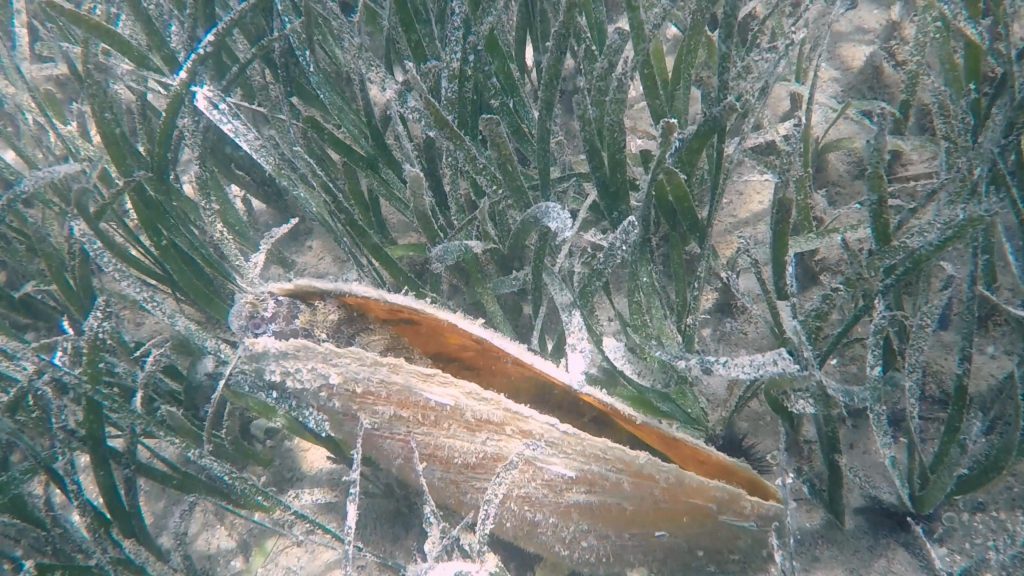
In 2018, the IUCN prepared an action program that provided guidelines on how to further investigate the current state of the noble pen shell in a particular area. We forwarded to the public some of the guidelines that we implemented at several locations throughout the Adriatic. The situation in the Mediterranean does not look great, and according to the IUCN population map from June 2019, it can be seen that there is no part of the Mediterranean sea that is not affected by this catastrophe.
Due to the appeal of citizens to report locations with increased density of noble pen shells, we have collected a considerable amount of information. Citizens reported locations on a daily basis, if they were familiar with areas in the Adriatic where noble pen shells can be found in increased numbers, or where there are more than 20 individuals per 100 square meters. Alerts arrived in large numbers via Facebook, email, SMS and calls.
Many citizens also received advice and visited the reported locations several times during the season in order to conduct a kind of monitoring and check whether the individuals are still alive. This approach and care on the part of the citizens towards this emblem of the Mediterranean type and the involvement shown by the citizens is not something that is often seen and we would like to thank everyone who participated in any form of collecting this large database.
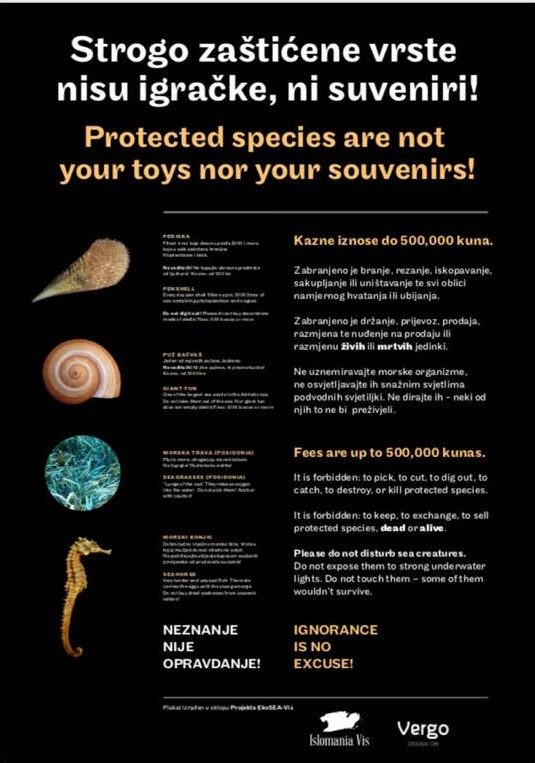
In the past three months, we have over 60 reports of areas with a high density of noble pen shell along the Adriatic coast of more than 100 citizens. Most of the locations concern the Croatian coast, but the fact that some of the reports were about locations in neighboring countries, Montenegro and Bosnia and Herzegovina speaks a lot about how widespread the call for alerts has been. Most citizens reported that individuals were alive or could not estimate, but unfortunately, the number of reports of increased mortality is growing. The pattern of expansion is obvious, and the plague is spreading from south to north. The vast majority of citizens also express fear and note that a large amount of live individuals or shells are still being extracted from the seabed. Such actions are illegal and punishable by law in the form of monetary expenditures. A good example of how to reduce such practices was the Info Panels on the beaches with a warning that these are habitats of a strictly protected species and its extraction is strictly prohibited. Such a practice could be applied in greater numbers and it would also be good for tourist boards to use leaflets and posters that they can download for free and place in their tourist education offices. In addition, citizens who have knowledge also play a major role in education – we advise: Continue to educate and warn that such actions cause permanent damage to the ecosystem and are punishable by up to HRK 500.00 per shell removed.
Thanks to the financial supportrs: the City of Zadar, the City of Dubrovnik and the Primorje-Gorski Kotar County for the implementation of the project “Ne klimajte perisku/palasturu”, in the past 3 months, individuals of noble pen shell around Elafiti, Silba and Silba ridges and several bays around Pelješac, Zadar, Cres and Pag have been mapped with regular monitoring carried out in Nature Park Telašćica.
2025 © Marine Explorers Society 20.000 leagues. ALL Rights Reserved.
